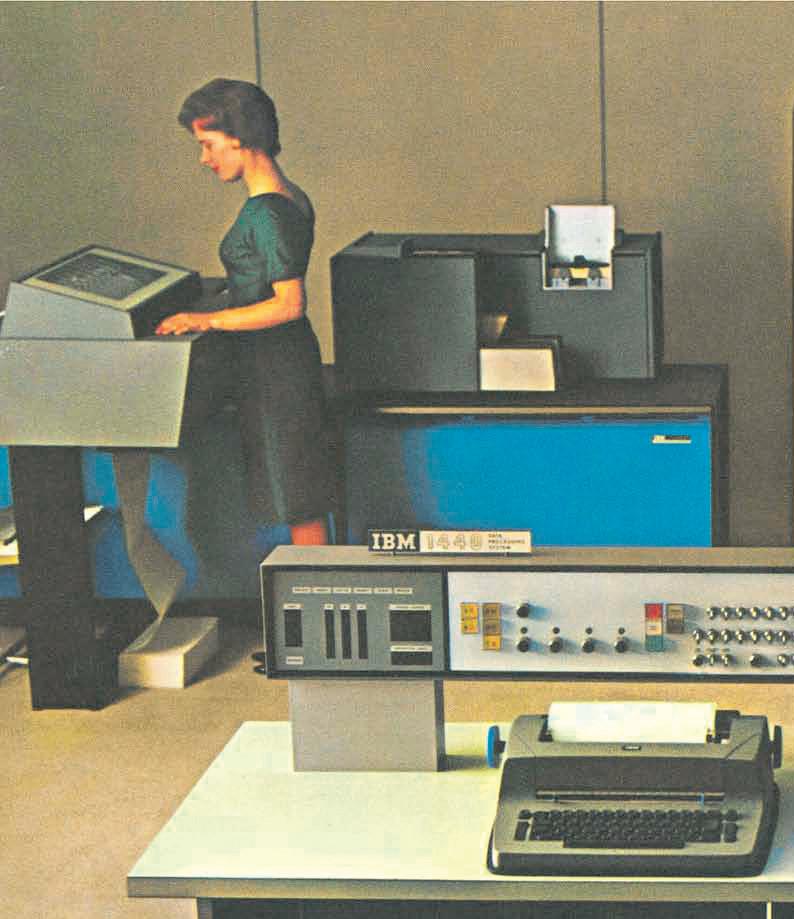MEMOIR OF OLD AOTEAROA

REPUBLISHED
The colonial adventures of John Inches Thompson.
PENCARROW’S FORGOTTEN


NOVELIST
Remembering writer Ellen Margaret Scanlan.
THE LOST ‘SCIENCE’ OF PHRENOLOGY
Inside the popular process of ‘getting your head read’.


Memories NEW ZEALAND ISSUE 163 | AUGUST/SEPTEMBER 2023 | $14.50
Rockaroundtheclock






A history of New Plymouth’s clock tower: part two


Rachel Sonius
Taranaki Research Centre, Puke Ariki Library, New Plymouth District Council

New Plymouth was promised a replacement clock tower when its Edwardian-era post o ce was demolished in April 1969. Although various design proposals were rejected over the years, the city’s largest public clock – an electric one on the T & G Insurance building, constructed in 1972 – struggled to keep accurate time and so the matter continued to tick away. Meanwhile, the area at the intersection of Devon and Queen Streets where the post o ce and its tower once stood was turned into a pleasant inner city park.

In June 1983 the Taranaki Herald inquired as to



the whereabouts of the old town clock mechanism, after yet more complaints about the lack of a reliable public timepiece. e original clock was located, still in storage and in excellent condition. Following several letters to the editor, the newspaper ran an opinion poll that recorded overwhelming support for building a new clock tower: 774 votes to two.
is prompted the Taranaki Herald and Radio Taranaki to embark on a fundraising campaign in July 1983. e main event would be an attempt by radio announcer Roger Tonkin to stay on air for a record 70 hours to raise $70,000 for a new clock tower.
ABOVE: H.M.N.Z.S. Taranaki procession (1979) showing the site of the old post office and clock tower. Photo from Caleb Wyatt. Collection of Puke Ariki, New Plymouth (PHO2011-2190). LEFT: New Plymouth’s replica clock tower with the White Hart Hotel opposite. Courtesy of Rachel Sonius.
InsearchoftheshipMaori




Ralph Levinson





The English village of Mitcham is a few miles south of the ames River and almost due south of central London. In the 19th century, Mitcham was home to my maternal great-great grandparents, Henry and Amelia Pratt, and their four children. ese days the ancient village is part of London’s vast sprawl. e village green still exists as Mitcham Common; in Henry and Amelia’s day, non-landowning farmers grazed their stock here.
A brief snapshot of the day: the young Queen Victoria, still in her 30s, reigned over a period of increased British in uence abroad. But within Britain, the Industrial Revolution had unleashed colossal change. Rising population, rural unemployment, migration to the towns, overcrowded living and working conditions all placed great strain on workingclass England – 80 per cent of the population (to be considered middle class, you had to have at least one servant). For most, the times were not prosperous, poverty was a constant nagging presence, and every penny counted.
In search of new opportunities, many people


emigrated by sea, largely to North America, Australia, New Zealand, and South Africa. is was the time of the great migration – the greatest wave of emigration in human history – when boats crisscrossed the oceans, carrying emigrants intent on a new start. Approximately 10 million people left Britain between 1815-1914.
My forebear Henry Pratt, is variously described in census records as a calico printer, confectioner, shawl printer, and shopkeeper. Henry, it seems, was adaptable. In 1858 he and his family secured an assisted passage to New Zealand on the 799-ton sailing ship, Maori. On the passenger list, Henry (44) is described as an agricultural worker – likely chosen as work that would support his assisted passage – and Amelia (48) as a dressmaker – possibly a more practical version of the census records that described her as a milliner. Henry and Amelia’s son, also called Henry (15), worked his passage as ship’s boy. eir daughters were Amelia (17), Mary (14), and Mercy (12).
e family joined 154 other emigrants aboard the Maori for a voyage that featured 110 days of heaving, swaying, and surging through turbulent southwest gales, the loss of masts, the treacherous Cape of Good

memories.co.nz 17
Artist unknown :[The sailing ship Maori. Between 1851 and 1870?]. Ref: G-351. Alexander Turnbull Library, Wellington, New Zealand IMAGE/Alexander Turnbull Library (ATL)
MountMaunganui inthesummerof‘62


























Brice Malpas








Let’s be honest. Growing up in Mount Maunganui in 1962 wasn’t that great for a 10-year-old kid seeking fun, fortune, and adventure. First o there was “the main wharf” – a cold and windy place, although still good for catching the occasional snapper and the very occasional king sh. But there were also so many big, nasty logging trucks and ancillary machines, tearing all about the place, with little regard for the safety of young kids on bikes. And then there were the railway wagons with their sinuous metal rails, inset into the concrete pavement, just waiting to ensnare an unsuspecting bike tyre, resulting in an unceremonious fall for rider and gear.
And how, exactly, were you supposed to haul a decent-sized sh up from the water 20 feet or so below, without either losing your sh on its way up or falling into the drink yourself? Not a very kid-friendly place at all!
LEFT: Riethmaier, Gregor, 1913-2004. Aerial view of the port of Mount Maunganui - Photograph taken by Gregor Riethmaier. Tourist and Publicity.
Ref: 1/2-032754-F. Alexander Turnbull Library, Wellington, New Zealand. /records/22460100. BELOW: Boy on beach. PHOTO/STOCK.ADOBE.COM
memories.co.nz 31
Theinfancy ofinformation technology
Brian Wheatley
Ibegan my information technology [IT] career at AB Consolidated in December 1966. AB Consolidated was the result of a merger between Aulsebrook and Co of Christchurch and Bycrofts Ltd of Auckland, both of which were biscuit and confectionery manufacturers. I was hired as an EDP (Electronic Data Processing) trainee in the Christchurch office. The manager, Bill Collins, believed that an EDP trainee should be familiar with all aspects of the operation so I had turns at all the jobs in the EDP department.
The company used an IBM 1440 computer with 12,000 characters of memory, a printer, a card reader/ punch, and two removable two-megabyte disk packs (i.e. each disk pack contained two million characters). On this computer we processed invoices and statements, sales analysis, stock control, payroll, superannuation, and the share registry.


The computer room was air conditioned although the punch room and programmers’ offices were not. The operators were not permitted to smoke in the computer room so they would pop into the programmers’ room for a quick smoke! For me, a non-smoker, this was less than ideal but it was an accepted part of office life back then.
We had a manager, around 15 ‘punch girls’ as they were called (all except me were women), two or three computer operators who also worked as ‘punch girls’, and between two and five programmers at various times.
Data entry was via 80-column punched cards. The biggest job was processing invoices. Salesmen roamed the country with pre-printed order sheets that listed the products; salesmen would enter the customer code and name and the number of ‘outers’ of each product, plus write in any products not on the sheets. These orders were gathered into batches and sent to the punch room for processing.

My first job as a trainee was to ‘mark up’ the order sheets. I examined each sheet, interpreted badly written numbers and customer details, and put big red arrows to show the ‘punch girls’ where to look.
The ‘punch girls’ took the marked up order sheets and
60 NEW ZEALAND MEMORIES
































































